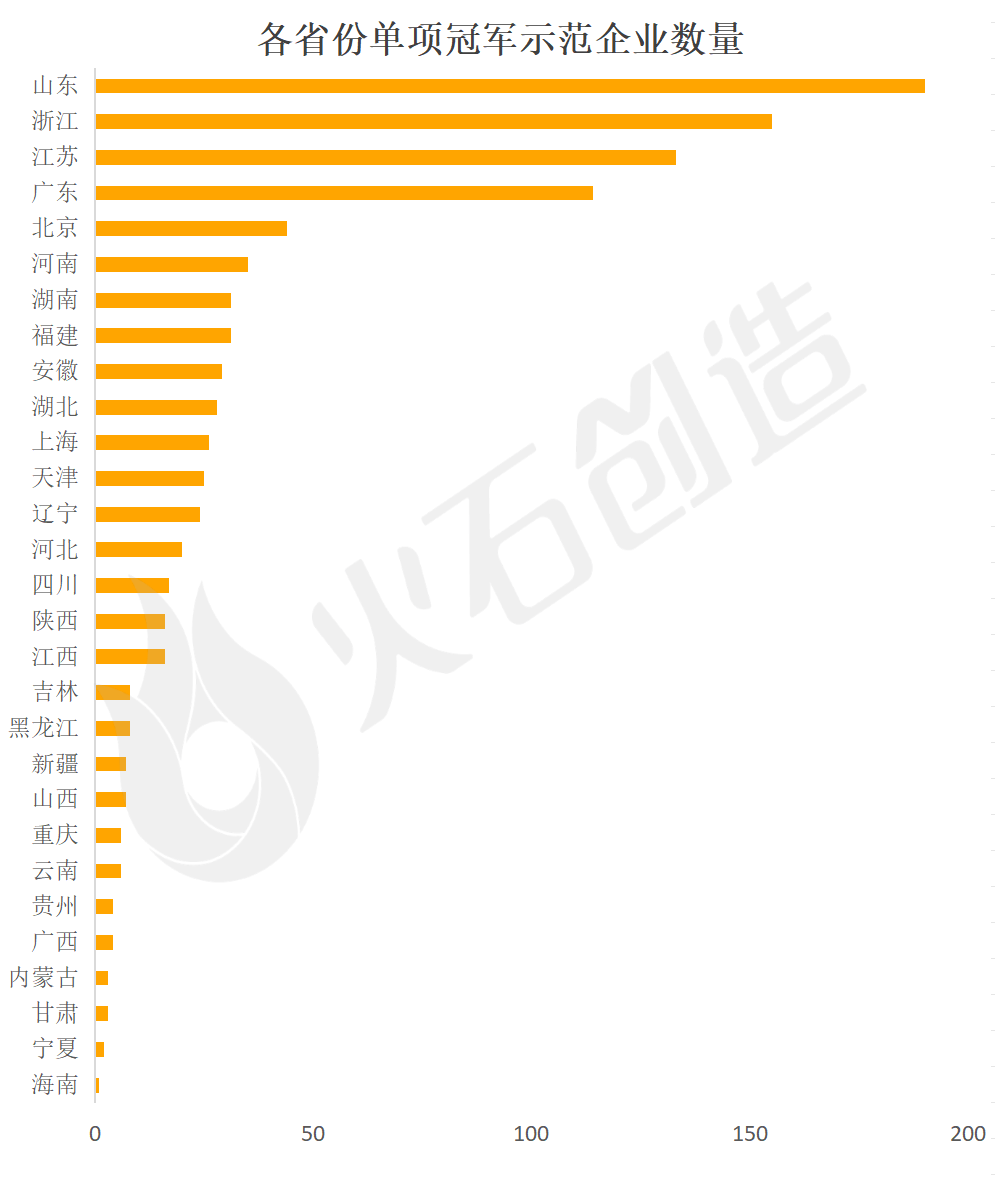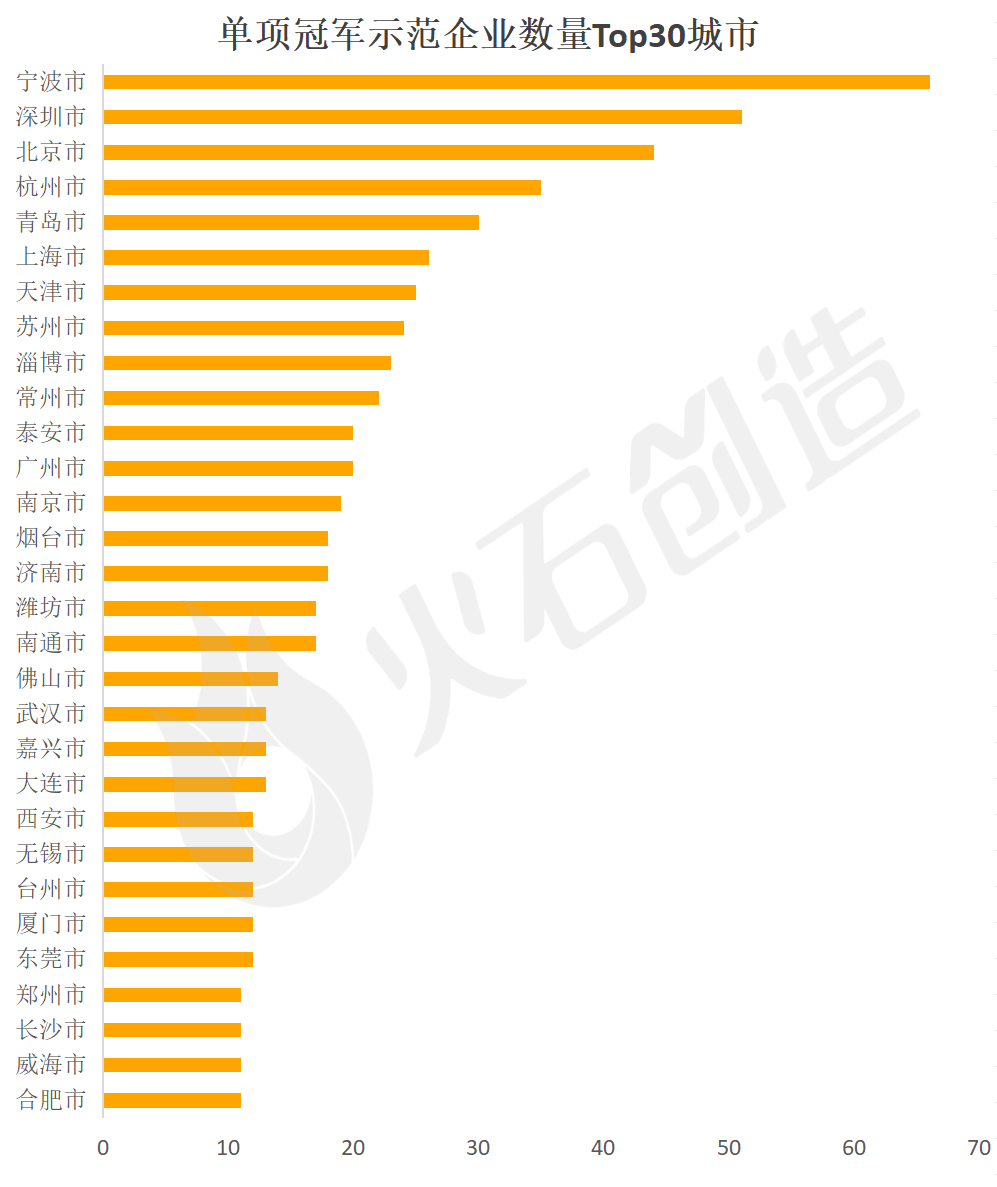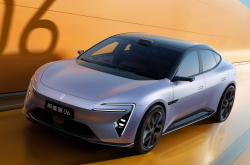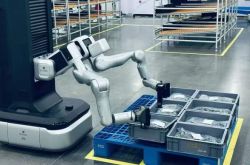Distribution of National-Level Manufacturing Champions: Unveiling the "Champion" City
![]() 03/20 2025
03/20 2025
![]() 759
759
The 2025 Government Work Report emphasizes the need to foster the integrated development of scientific and technological innovation with industrial innovation, vigorously promote new industrialization, and bolster the growth and strength of advanced manufacturing. This year marks the culmination of the decade-long blueprint outlined in "Made in China 2025." Over the past ten years, Chinese manufacturing has undergone a remarkable transformation, with the emergence of a cohort of enterprises at the pinnacle of the manufacturing sector—manufacturing champions.
01 Cultivation of Single Manufacturing Champions
In 2015, the State Council unveiled "Made in China 2025," a blueprint for the first decade of China's journey toward becoming a manufacturing powerhouse. Building on this initiative, the Ministry of Industry and Information Technology (MIIT) launched the "Implementation Plan for the Special Action to Cultivate and Upgrade Manufacturing Champions" in 2016, introducing the concept of manufacturing champions for the first time.
Manufacturing champion enterprises are defined as those with global competitiveness and influence within a specific industry segment, serving as a crucial catalyst for high-quality development in the manufacturing sector. In China, these enterprises are recognized as small and medium-sized enterprises that hold more than 5% of the global market share or exceed 20% of the domestic market share.
Since 2016, MIIT has recognized over 1,600 national-level manufacturing champions across eight batches (1,557 after review). These include 993 demonstration enterprises, 96 cultivation enterprises, and 601 champion products.
Table: Number of Manufacturing Champions in Each Batch (Before Review)

Note: The selection of manufacturing champion cultivation enterprises was discontinued after the fourth batch; the selection of manufacturing champion products commenced with the second batch and was discontinued in 2023.
02 Provincial Distribution
Manufacturing champions are lauded as the "jewels" of the manufacturing industry, with their quantity and quality serving as vital indicators of regional manufacturing development. Leveraging data from the Flint Create Industrial Data Center, we analyzed the regional distribution of 993 demonstration enterprises of manufacturing champions.
Provincial Distribution of Demonstration Enterprises of Manufacturing Champions

Source: Flint Create Industrial Data Center
The data reveals a dominance by eastern coastal provinces, with Shandong (190), Zhejiang (155), Jiangsu (133), and Guangdong (114) collectively accounting for over 60%, underscoring the eastern region's comprehensive leadership in manufacturing.
Central provinces exhibit clear differentiation, with Henan, Hunan, Anhui, and Hubei performing relatively well, whereas provinces like Jiangxi and Shanxi lag due to their high proportion of traditional industries and slower adoption of emerging fields.
The western and northeastern regions generally lag behind, with only Sichuan and Shaanxi in the west and Liaoning among the three northeastern provinces having a significant presence. Provinces such as Xinjiang, Gansu, Heilongjiang, and Jilin are sparsely populated due to insufficient infrastructure, limited industrial chain support, and sluggish transformation and upgrading.
02 Top 30 Cities: Unveiling the "Champion" City
Based on the urban distribution of demonstration enterprises, Ningbo, Shenzhen, Beijing, Hangzhou, and Qingdao stand out, with their number of national-level manufacturing champion demonstration enterprises ranking among the top five nationwide. Ningbo leads the pack with 66 such enterprises, firmly establishing itself as the undisputed "champion" city.
Urban Distribution of Demonstration Enterprises of Manufacturing Champions

Source: Flint Create Industrial Data Center
Ningbo is a powerhouse in manufacturing, with its core competitiveness rooted in high-end industrial manufacturing capabilities. Ningbo Yongxin Optics Co., Ltd., for instance, manufactures spaceborne lenses for aerospace, serving as the "eyes of Chang'e" and high-end microscopic objectives accompanying the "Tianhe" core module into the Tiangong space station, overcoming numerous technical hurdles. Including "champion cultivation enterprises" and "champion products," Ningbo boasts over 100 national-level single champion enterprises, becoming the first city in China to surpass the 100 mark.
Among the top 30 cities, the Yangtze River Delta (including Ningbo, Hangzhou, Suzhou, among others) comprises nearly one-third, showcasing significant manufacturing cluster effects such as equipment manufacturing in Ningbo and electronic information in Suzhou. The Pearl River Delta, centered around Shenzhen, leverages its leadership in electronic communications and technological innovation (including cities like Shenzhen and Guangzhou). The Bohai Rim (encompassing cities like Beijing and Qingdao) houses traditional industrial powerhouses, such as home appliances in Qingdao and new materials in Zibo. The central and western regions (including cities like Wuhan and Xi'an) have a smaller presence but feature rapidly rising cities like Hefei (semiconductors) and Changsha (engineering machinery).
Overall, the provincial distribution of national-level manufacturing champions reinforces China's manufacturing industry's pattern, characterized by "stronger in the east and weaker in the west, faster in the south and slower in the north." Moving forward, it is imperative to foster breakthroughs in the "low-end industrial chain traps" in central and western provinces, revitalize the high-end manufacturing advantages in the northeastern region, and ultimately achieve a comprehensive leap in the national manufacturing industry's competitiveness through cross-regional industrial collaboration, the rebalancing of innovation resources, and differentiated policy design.
—END—
Author | Weng Jianping, Wang Juan, Flint Create
Reviewer | Yin Li, Flint Create






